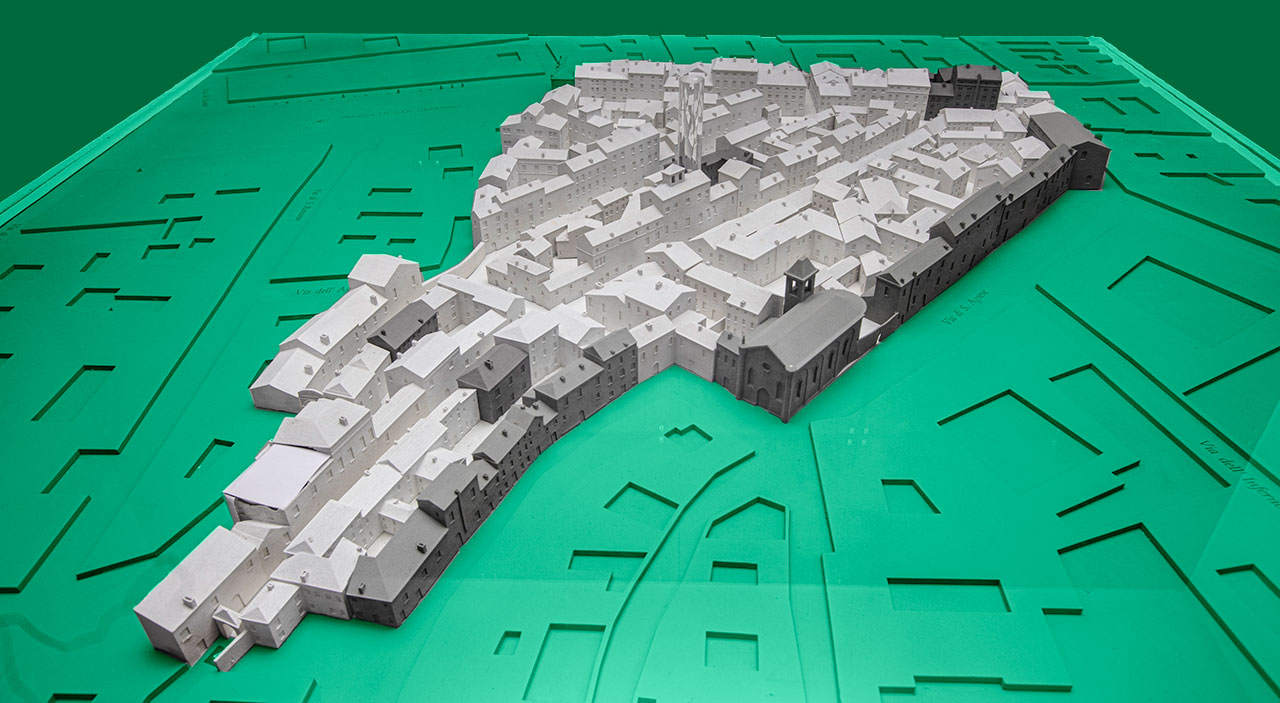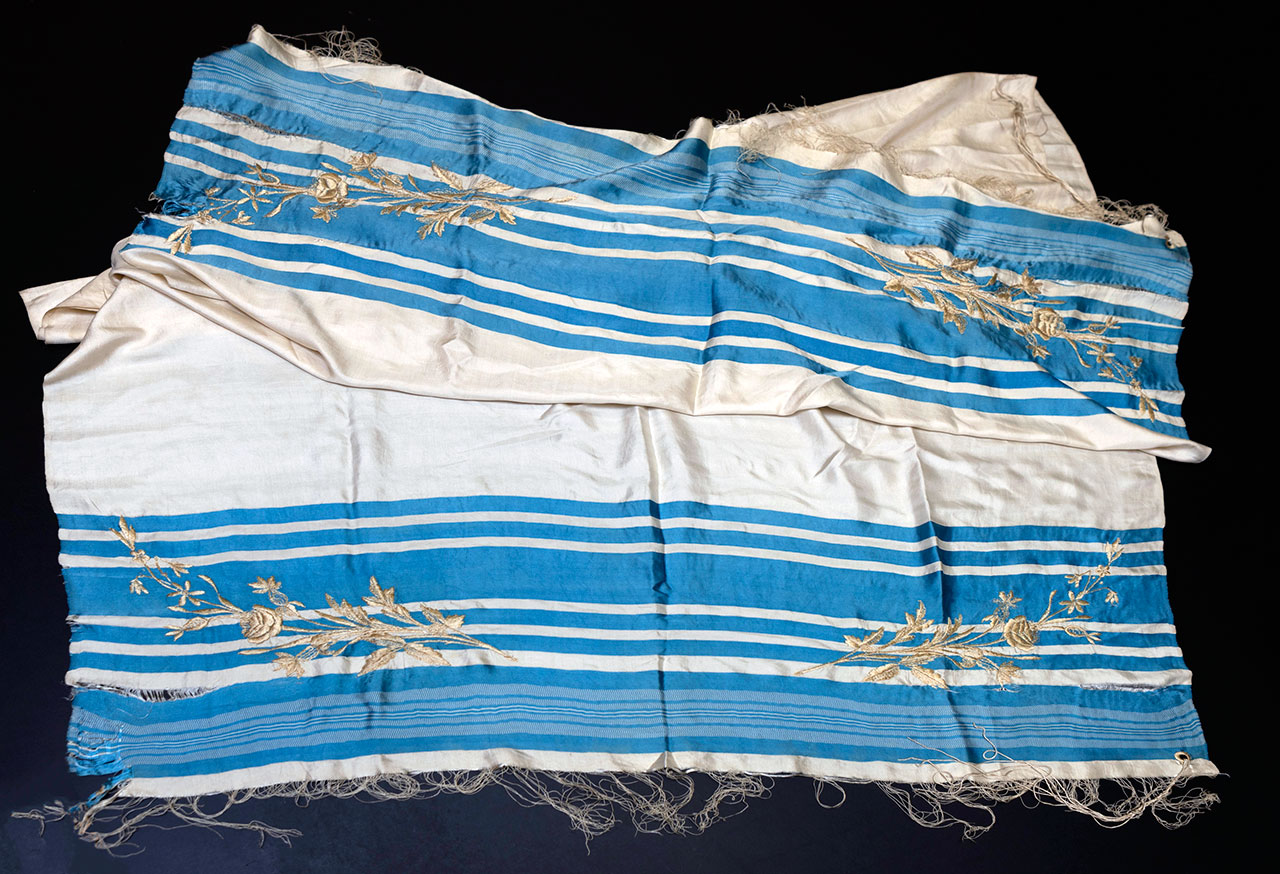

History
The earliest reports we have of a Jewish settlement in Ferrara date to the 12th century. A larger community emerged only later in the early 13th century, following the arrival of money-lenders from Rome and central Italy, who settled in the area of via Centoversuri.
The community flourished during the 15th century, when the area accommodating the Jews shifted to Via Sabbioni, now via Mazzini, and Via San Romano. The Dukes of Este and in particular Ercole I and Ercole II, followed a policy of openness and hospitality towards the Jews, culminating in edicts inviting the Spanish and Portuguese Jews, expelled from their lands in 1492, to settle in the city. The arrival of these refugees, often merchants, scholars and doctors, had a considerable impact on Ferrara and traces of this can be seen, even today.
The transfer of the city to the Papal States in 1598 coincided with the decline of the community. Over time, limitations and prohibitions multiplied, culminating, in 1627, with the establishment of the ghetto, located in the area between via Sabbioni (now via Mazzini), via San Romano, via Gattamarcia (now via Vittoria) and via Vignatagliata. This segregation lasted for over a century, with the ghetto only temporarily opened during the French occupation in 1796. It was not until the unification of Italy that the Jews, including those in Ferrara, ultimately gained their freedom.
Tallit of Leone Leoni
A tallit is a shawl worn by men during morning prayers or after reciting a blessing. The one on display here belonged to the rabbi from Ferrara, Leone Leoni (1897-1964), whose story is entwined with that of the community.
On the evening of September 21, 1941, a group of Fascists entered the synagogue complex on via Mazzini 95, destroying the Fanese and German synagogues: the furnishings were damaged, some sacred objects stolen and the Sifrei Torah or Torah scrolls (the Books of the Law) were burned at an improvised bonfire in nearby piazza Trento and Trieste. That evening the fascists battered down the door to the home of Rabbi Leone Leoni who, in an attempt to halt destruction of the Synagogues and protect his family, was slapped around by the fascists.
